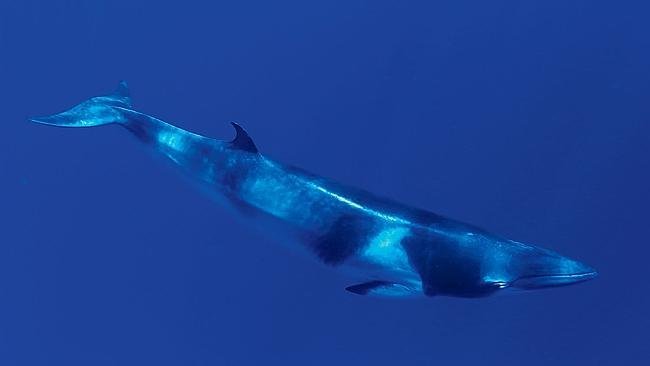A mysterious, chilling sound recorded in the deepest part of the ocean may have finally been identified by scientists.
Lasting up to 3.5 seconds, the noise includes deep moans at frequencies as low as 38 hertz and a metallic finale that pushes as high as 8,000 hertz.
Now researchers from Oregon State University’s Hatfield Marine Science Centre believe the noise – which they have dubbed the “Western Pacific Biotwang” - is a new baleen whale call.
“It’s very distinct, with all these crazy parts,” Sharon Nieukirk, senior faculty research assistant in marine bioacoustics said.
“The low-frequency moaning part is typical of baleen whales, and it’s that kind of twangy sound that makes it really unique. We don’t find many new baleen whale calls.”
The Mariana Trench, the deepest known part of the Earth’s oceans, lies between Japan to the north and Australia to the south and features depths in excess of 36,000ft.

But the theory is not certain – given that baleen whale calls are often related to mating and heard mainly during the winter – and yet the Western Pacific Biotwang was recorded throughout the year.
“If it’s a mating call, why are we getting it year round? That’s a mystery,” said Nieukirk.
She added: “Now that we’ve published these data, we hope researchers can identify this call in past and future data, and ultimately we should be able to pin down the source of the sound.”
In March, NOAA oceanographer Robert Dziak told Huffington Post the reason the trench is so noisy because its acoustic properties allow sound from the ocean’s surface to travel far below.
He said: “Sounds at the sea surface – ship traffic and whale calls – propagate down very effectively into the trench.”
